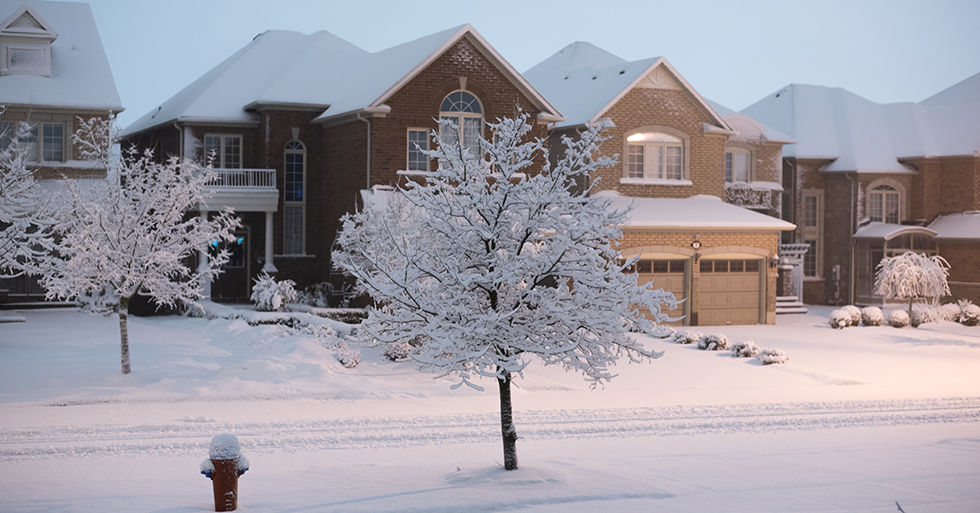Now that mortgage rates have fallen almost 1.5%, we have found an extreme bottom of existing home sales to work from. Purchase application data has had a positive forward-looking trend for six weeks now; this bodes well for the future, especially if this can continue into the spring.
We created the weekly tracker article to guide people forward because so many people expected a significant price crash in 2023 as certain groups keep on saying prices follow volume. That is partially true, but we weren’t going to get the biggest crash in prices in 2023 to go along with the biggest sales crash in 2022. I give more details in this interview on why I believe the housing market dynamics shifted on Nov. 9, 2022. In late 2022, mortgage rates fell, creating positive, forward-looking data; people didn’t go with it and got caught off guard many months into 2023. So, let’s not make that mistake in 2024.
Let’s go over some of the other critical data lines.
From NAR: First-time buyers were responsible for 31% of sales in November; Individual investors purchased 18% of homes; All-cash sales accounted for 27% of transactions; Distressed sales represented 1% of sales; Properties typically remained on the market for 25 days.
The days on market have always been a critical data line for me. I never want to see this line at teenager levels — that means we don’t have enough homes to sell or a massive credit sales boom, which will lead to a bust. Sales haven’t been booming the last two years: too many people are chasing too few homes. However, the fact that this is over 19 days is a good thing. I would prefer 30-45 days. This data line is very seasonal and rises during the year’s second half. I hope to see a few months of 30 days on the market before the spring selling season heats up.
NAR: The median existing-home price for all housing types in November was $387,600, an increase of 4.0% from November 2022 ($372,700). All four U.S. regions posted price increases.
Of course, the median sales price is always seasonal. We have the more robust data early in the year and the weaker part in the second half, but prices stayed pretty firm even with 8% mortgage rates. As I have often discussed with our weekly tracker data, the year-over-year price cut percentage stayed 4% below 2022 levels the entire time mortgage rates accelerated higher. The marketplace data told us we had no stressed sellers in 2023.
NAR: Total housing inventory at the end of November was 1.13 million units, down 1.7% from October but up 0.9% from one year ago (1.12 million). Unsold inventory sits at a 3.5-month supply at current sales pace, down from 3.6 months in Oct. but up from 3.3 months in Nov. 2022.
For all the people screaming it’s housing 2008: Remember, we had 4 million active listings in 2007, and the annual monthly supply was 10.8 months in 2008. In 2011, the days on the market were 105 days, and we had a massive distress supply, hitting the markets with a job loss recession. Today, total active listings are 1,130,000, the monthly supply is at 3.5 months, and the days on market is 25 days; reading is a good thing.
So, today’s existing home sales report beat estimates and looks about right to me. The growth in purchase application data we have seen in the last six weeks shouldn’t have hit this report fully as it takes 30-90 days before purchase apps hit sales data. So, let us look into 2024 like we looked at the housing market on Nov. 9, 2022. The market dynamics have shifted, and we will go with the forward weekly housing data until it changes negatively.
Follow Hashtags: #Hyla #RealEstate #SDLiving #homesforsale #beachliving

 Hyla Breidenbaugh
Hyla Breidenbaugh 













